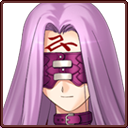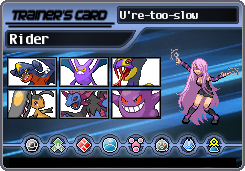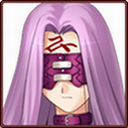Sylveon has Cute Charm, which is a pretty awesome ability. If Sylveon leads your party, you have 2 chances out of 3 of finding a wild Pokémon of the opposite gender, regardless of gender ratios. That's reason enough to use it right there. A Male Sylveon can get you breedable Females of whichever Pokémon you want.
Although you might prefer Espeon and Synchronize for getting Natures. Hmm...





 Reply With Quote
Reply With Quote




























